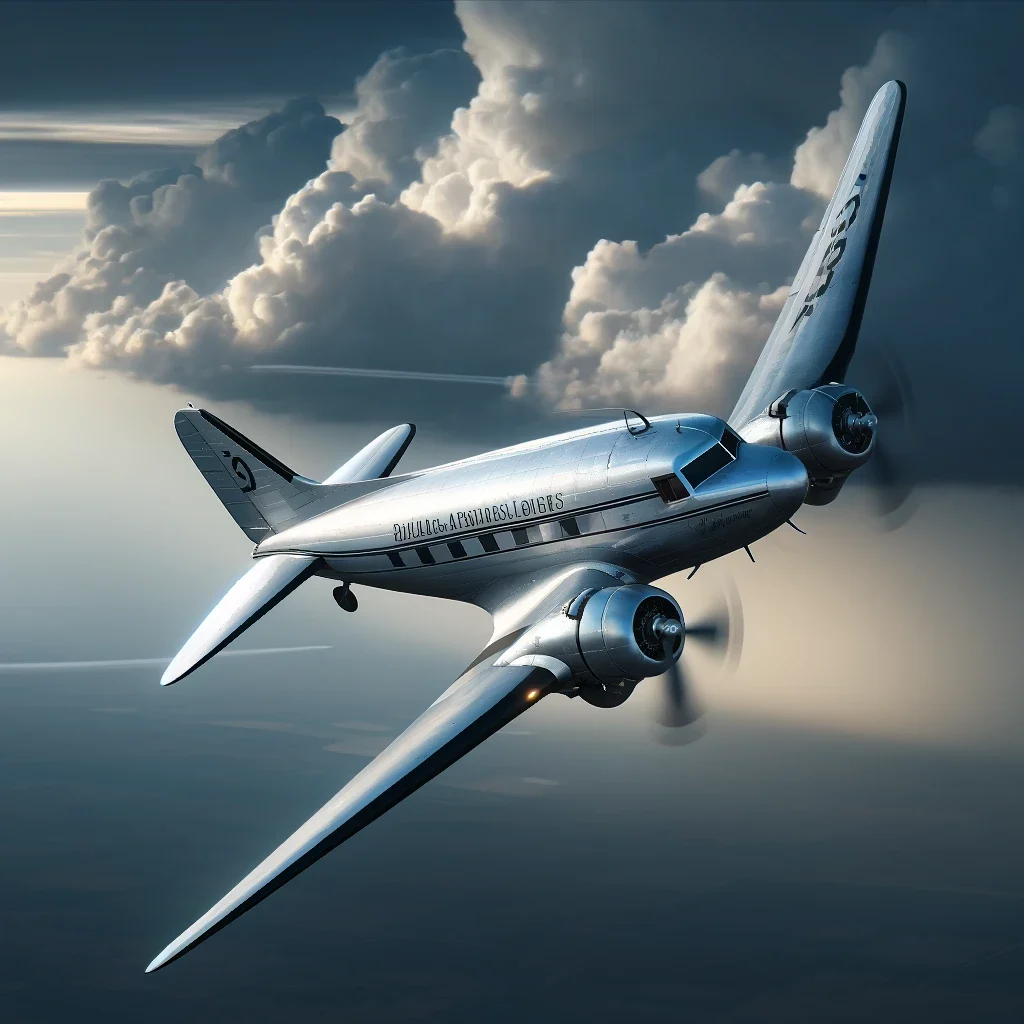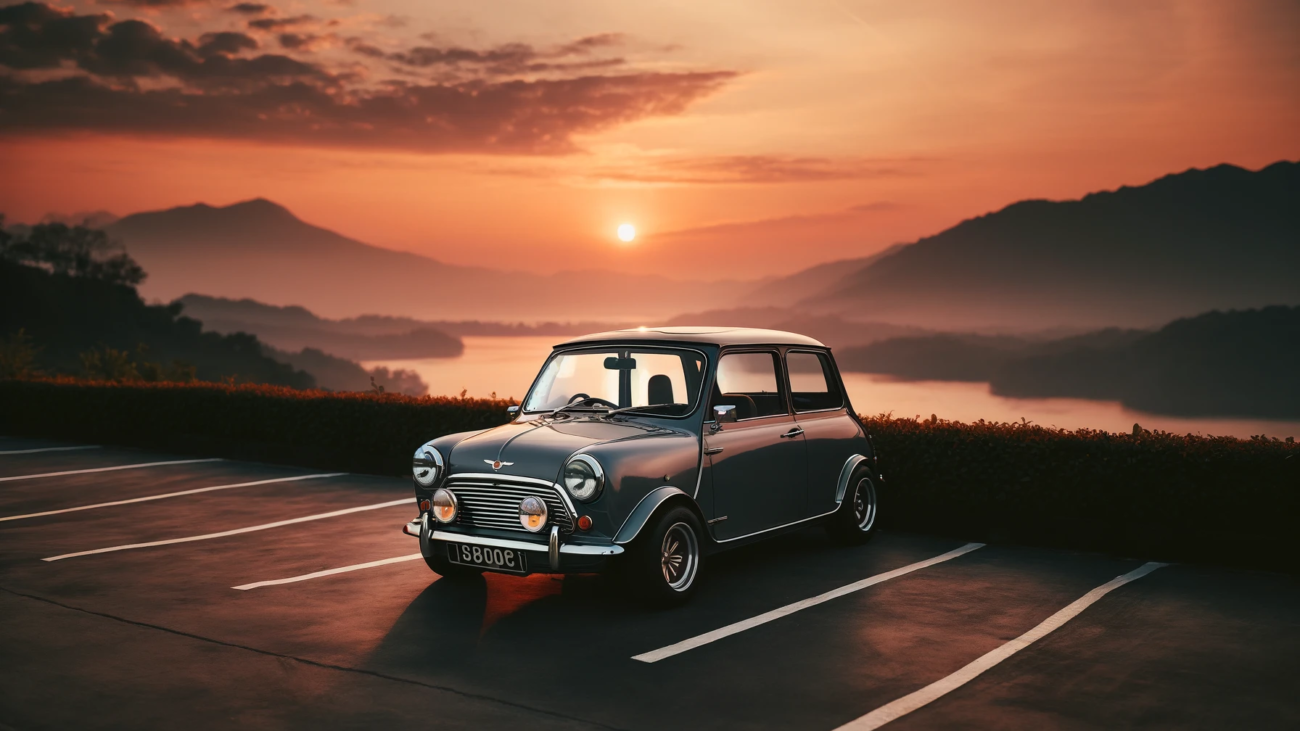In today’s dynamic cultural landscape, the integration of Artificial Intelligence (AI) into the realm of art is revolutionizing traditional conceptions of creativity. Art has always served as a conduit for human emotions, experiences, and perspectives, offering a medium through which individuals can express themselves and connect with others. Whether conveyed through a painting, sculpture, or musical composition, art possesses an inherent capacity to evoke profound emotions and provoke meaningful dialogue.
With the advent of AI, the boundaries of artistic expression have expanded exponentially, introducing new possibilities for creative exploration. AI algorithms can autonomously generate visual and auditory content, offering artists unprecedented tools to experiment with innovative techniques and styles. This fusion of technology and creativity not only enhances the artistic process but also challenges conventional notions of authorship and originality.
At its core, the significance of AI art lies in its ability to transcend traditional boundaries and democratize the creative process. By providing accessible tools and platforms, AI empowers individuals of all skill levels to engage in artistic endeavors and unleash their creative potential. Furthermore, AI-generated art often introduces an element of unpredictability and surprise, resulting in novel expressions that captivate audiences and stimulate critical discourse.
The Evolution of AI Art: From Algorithms to Masterpieces
AI art represents a paradigm shift in the creative landscape, blurring the lines between technology and artistic expression. Leveraging sophisticated algorithms, AI systems autonomously generate visual and auditory content, transcending conventional methods of creation. From intricate digital paintings to mesmerizing musical compositions, AI’s versatility knows no bounds, offering a diverse range of creative possibilities.
Critics often question the originality and depth of AI-generated art, dismissing it as devoid of human emotion and ingenuity. However, overlooking its democratizing influence would be a disservice to the artistic community. AI art democratizes creativity by providing accessible tools and platforms, empowering individuals of all skill levels to explore their artistic potential. Whether you’re a seasoned artist or an amateur enthusiast, AI serves as a catalyst for experimentation and innovation, offering a gateway to unlock new techniques and styles.
Moreover, AI art thrives on collaboration, bridging the gap between human creativity and machine intelligence. By working in tandem with AI algorithms, artists can augment their creative process, leveraging technology to enhance their artistic vision. This collaborative approach not only fosters interdisciplinary dialogue but also challenges traditional notions of authorship and creativity.

Embracing the Element of Surprise: The Beauty of Unpredictability
AI art embodies the fusion of human creativity and computational power, generating artworks that defy traditional categorization. The beauty of unpredictability lies in its ability to transcend preconceived notions and push boundaries. Each iteration becomes an exploration, an adventure into the unknown, where even the creators themselves may be surprised by the outcomes.
Moreover, the democratization of AI art signifies a paradigm shift in the art world. No longer confined to the elite circles of established artists, creativity becomes a playground for all. This inclusivity fosters a rich tapestry of perspectives, enriching the artistic landscape with diverse voices and narratives.
Yet, amidst the allure of unpredictability, questions of authorship and authenticity linger. As AI algorithms take center stage in the creative process, where does the line blur between human and machine? Can we truly attribute artistic merit to a piece generated by code alone? These philosophical inquiries challenge our perceptions of art and redefine the role of the artist in the digital age.
In embracing the element of surprise, we embrace the unknown and embrace the future of creativity. AI art serves not as a replacement for human ingenuity but as a catalyst for innovation. It invites us to relinquish control, embrace uncertainty, and embark on a journey of discovery where every stroke of randomness unveils a new dimension of beauty.
The Promise of an Artistic Revolution: Navigating the Future of AI Art
The promise of an artistic revolution lies within the realm of AI art, where the convergence of artificial intelligence and creativity holds transformative potential. As AI advances, it brings forth boundless opportunities for innovation in the artistic domain. From generating immersive virtual environments to crafting interactive installations, AI art heralds a new era of creative exploration.
This fusion of artistry and technology not only expands the horizons of creative expression but also democratizes the artistic process. By tapping into the collective imagination of creators worldwide, AI becomes a tool for realizing bold and visionary endeavors previously unimaginable. While some may perceive AI art as a departure from traditional practices, it serves as a catalyst for innovation, pushing the boundaries of what art can be.
Embracing the transformative potential of AI art requires navigating the evolving relationship between humans and machines. Rather than fearing displacement, we should recognize AI as a collaborator, amplifying human creativity rather than replacing it. This collaboration opens up new realms of imagination and challenges preconceived notions of artistic possibility.


Leave A Comment